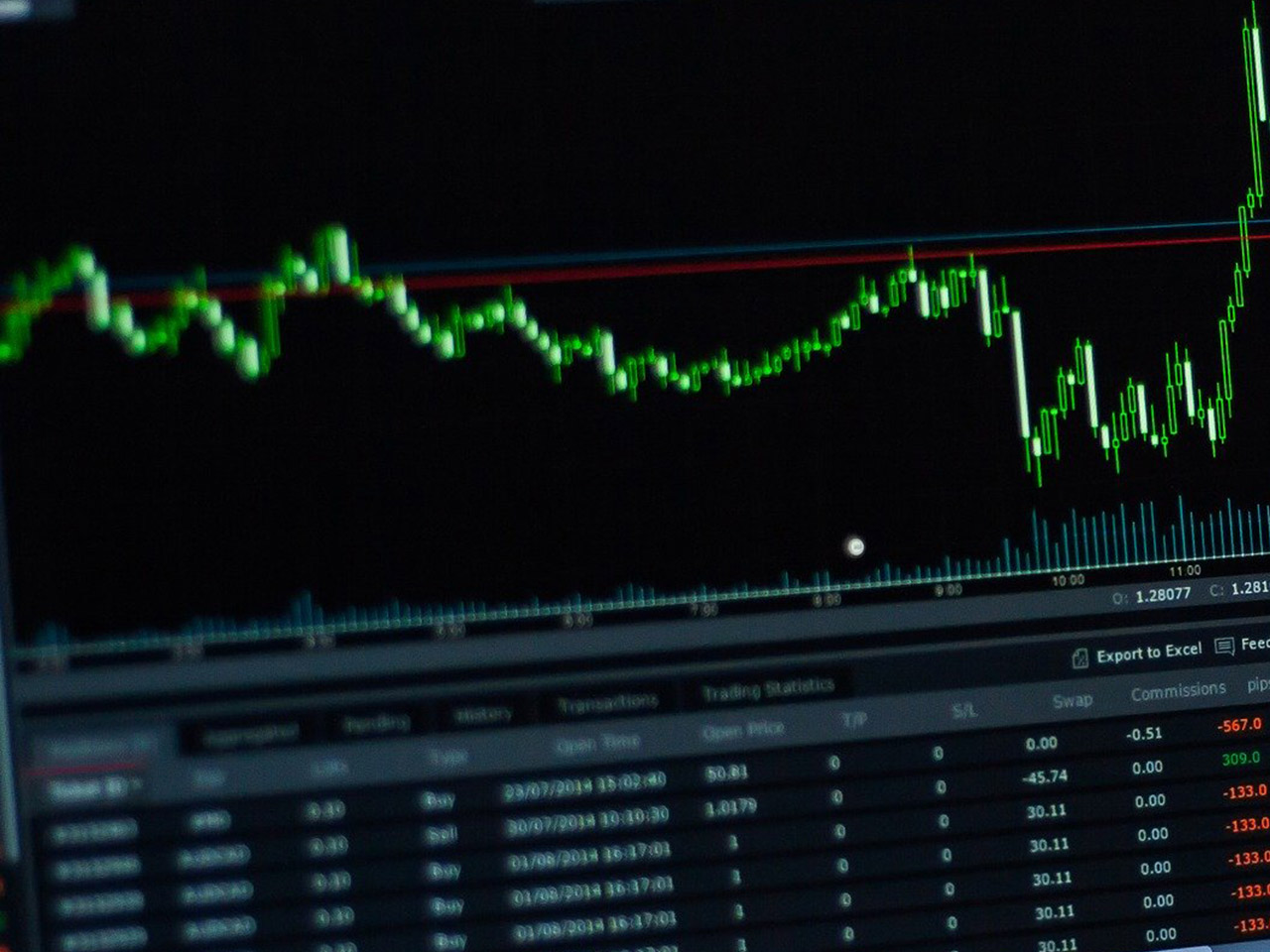Asana, Inc. (ASAN), a prominent player in the software application sector, presents an intriguing opportunity for investors with a keen eye on the technology industry. Based in San Francisco, Asana offers a comprehensive work management platform that empowers organizations across various sectors, including technology, healthcare, and financial services, to streamline their operations from daily tasks to strategic initiatives.
With a market capitalization of $3.28 billion, Asana is a notable entity within the U.S. technology landscape. Currently trading at $13.27, the stock has experienced a modest decline of 0.09 (-0.01%) recently. However, this presents a potential upside of 22.25%, with analysts setting an average target price of $16.22. The stock’s 52-week range indicates volatility, with prices fluctuating between $11.20 and $27.52, highlighting both risk and opportunity for potential investors.
Despite its potential, Asana’s valuation metrics present challenges. The company does not currently have a trailing P/E ratio, and its forward P/E is considerably high at 39.50, suggesting that investors are banking on future growth rather than current earnings. Asana’s earnings per share (EPS) stand at -0.86, and with a return on equity of -80.55%, the company is yet to achieve profitability. This is reflected in the absence of a dividend yield, underscoring its strategy of reinvesting earnings back into growth rather than returning them to shareholders.
On the performance front, Asana showcases a healthy revenue growth rate of 9.90%, signaling its ability to expand despite competitive pressures. Furthermore, Asana boasts a substantial free cash flow of $138.4 million, providing a financial cushion and enabling continued investment in product development and market expansion.
Analyst sentiment towards Asana is mixed, with four buy ratings, eight hold ratings, and three sell ratings. This diversity of opinion reflects the uncertainties surrounding Asana’s path to profitability and its competitive position in the rapidly evolving software industry. The target price range of $10.00 to $22.00 suggests varying levels of confidence among analysts about Asana’s near-term potential.
From a technical standpoint, Asana’s stock shows some bearish indicators. The 50-day moving average of $14.07 and the 200-day moving average of $16.63 suggest recent downward pressure on the stock price. The Relative Strength Index (RSI) of 72.36 indicates that the stock might be overbought, potentially signaling a forthcoming correction. Additionally, the MACD of -0.12, accompanied by a signal line of -0.06, further underscores the cautious sentiment.
As investors consider Asana’s potential, it’s crucial to weigh both the opportunities and risks. The company’s innovative platform and growth trajectory are compelling, but its current financial performance and lack of profitability pose challenges. For those willing to embrace some risk, Asana offers a chance to participate in the growth of a dynamic company within the burgeoning software application sector. As always, thorough due diligence and a clear understanding of one’s risk tolerance are essential when considering an investment in Asana.









































